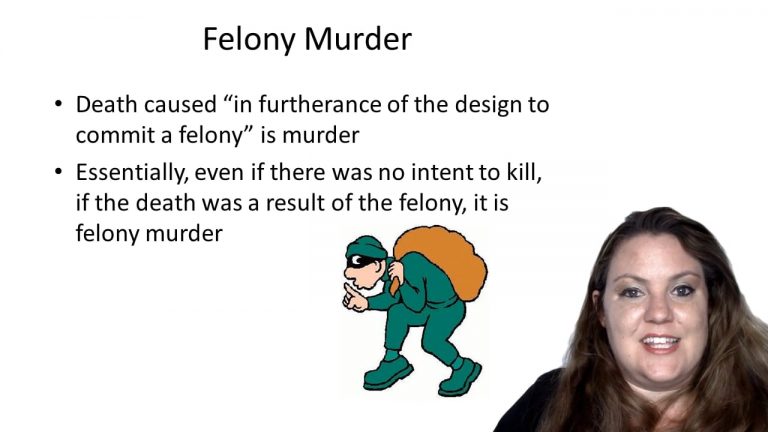SmartBrief
Confirm favorite deletion?
Criminal Law Keyed to Gershowitz
People v. Salas
Citation:
7 Cal.3d 812, 103 Cal.Rptr. 431, 500 P.2d 7.Facts
On the morning of June 7, 1968, the defendant entered the Hub Bar in Sacramento and asked the bartender for a six-pack of beer. After the bartender reached into the cooler for the beer, he saw that defendant was pointing a pistol directly at him. The defendant ordered him to give him all the money in the bar’s cash register. The defendant left the bar and his friend drove him away.
Shortly after, Deputy Sheriff George O’Neal received a radio broadcast advising that the Hub Bar had just been robbed. He immediately drove towards the bar and he saw an approaching car with two men. The car approached from the direction of the bar and was the only vehicle in sight. After further radio communication the deputy activated the red light and siren of the police vehicle and the suspects eventually stopped their vehicle.
A second deputy sheriff, Kenneth B. Royal, arrived in his patrol car. Royal drew his service revolver and walked toward the suspects’ car on the driver’s side. O’Neal heard shots fired and saw Royal fall to the ground. Defendant emerged from the car on the passenger’s side with a gun in his hand. O’Neal fired his shotgun at defendant. The defendant fell to the ground and was apprehended by another officer who had arrived at the scene. Royal died of a single gunshot wound in the neck.
The defendant was convicted of felony murder. He appealed, arguing that the robbery had been completed prior to the time of and at a different place than the killing and therefore the homicide could not have been committed in the course of the robbery within the felony murder rule.
Only StudyBuddy Pro offers the complete Case Brief Anatomy*
Access the most important case brief elements for optimal case understanding.
*Case Brief Anatomy includes: Brief Prologue, Complete Case Brief, Brief Epilogue
- The Brief Prologue provides necessary case brief introductory information and includes:
Topic:
Identifies the topic of law and where this case fits within your course outline.Parties:
Identifies the cast of characters involved in the case.Procedural Posture & History:
Shares the case history with how lower courts have ruled on the matter.Case Key Terms, Acts, Doctrines, etc.:
A case specific Legal Term Dictionary.Case Doctrines, Acts, Statutes, Amendments and Treatises:
Identifies and Defines Legal Authority used in this case.
- The Case Brief is the complete case summarized and authored in the traditional Law School I.R.A.C. format. The Pro case brief includes:
Brief Facts:
A Synopsis of the Facts of the case.Rule of Law:
Identifies the Legal Principle the Court used in deciding the case.Facts:
What are the factual circumstances that gave rise to the civil or criminal case? What is the relationship of the Parties that are involved in the case.Issue(s):
Lists the Questions of Law that are raised by the Facts of the case.Holding:
Shares the Court's answer to the legal questions raised in the issue.Concurring / Dissenting Opinions:
Includes valuable concurring or dissenting opinions and their key points.Reasoning and Analysis:
Identifies the chain of argument(s) which led the judges to rule as they did.
- The Brief Prologue closes the case brief with important forward-looking discussion and includes:
Policy:
Identifies the Policy if any that has been established by the case.Court Direction:
Shares where the Court went from here for this case.
Topic Resources
Topic Outline
Topic Refresher Course
Topic Charts & Notes

 5m 13s
5m 13s